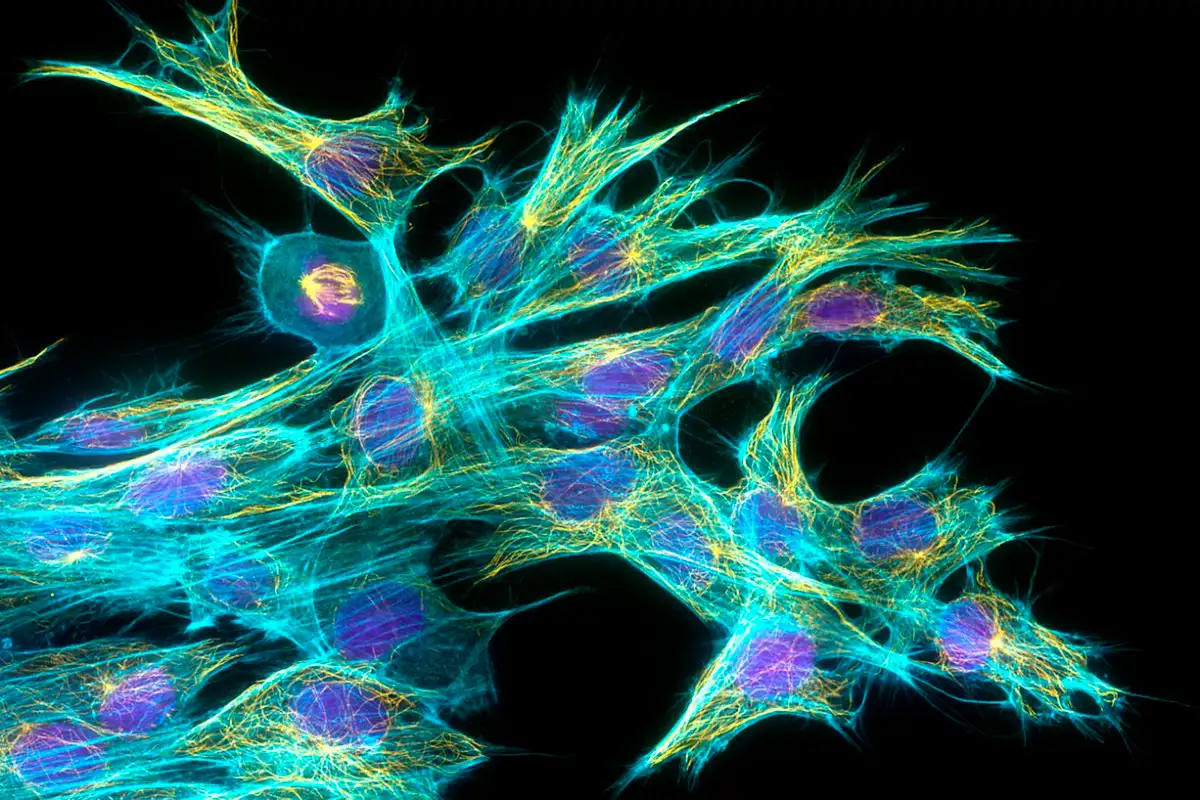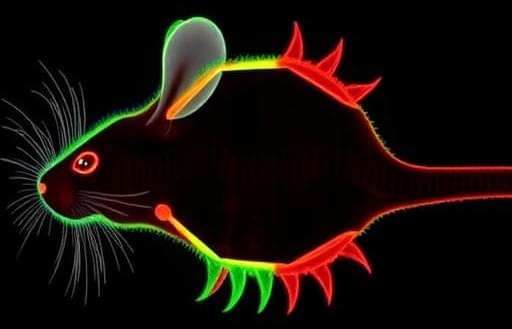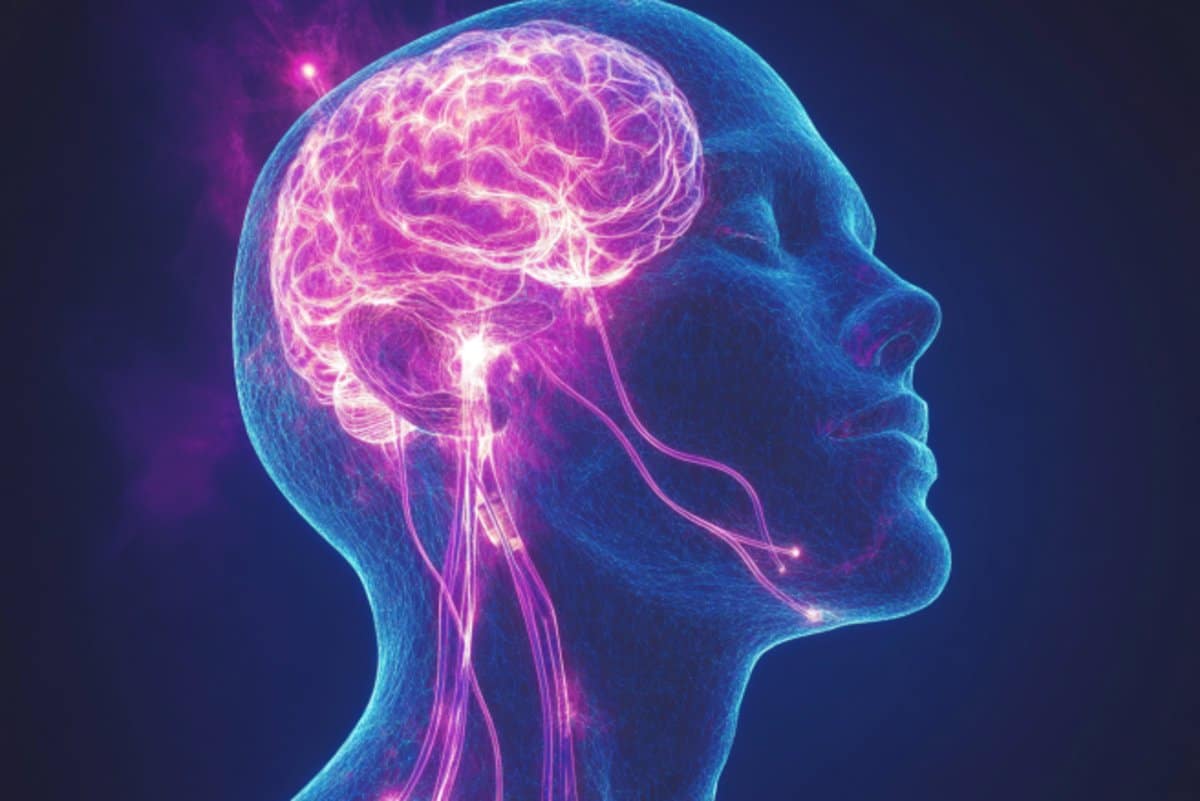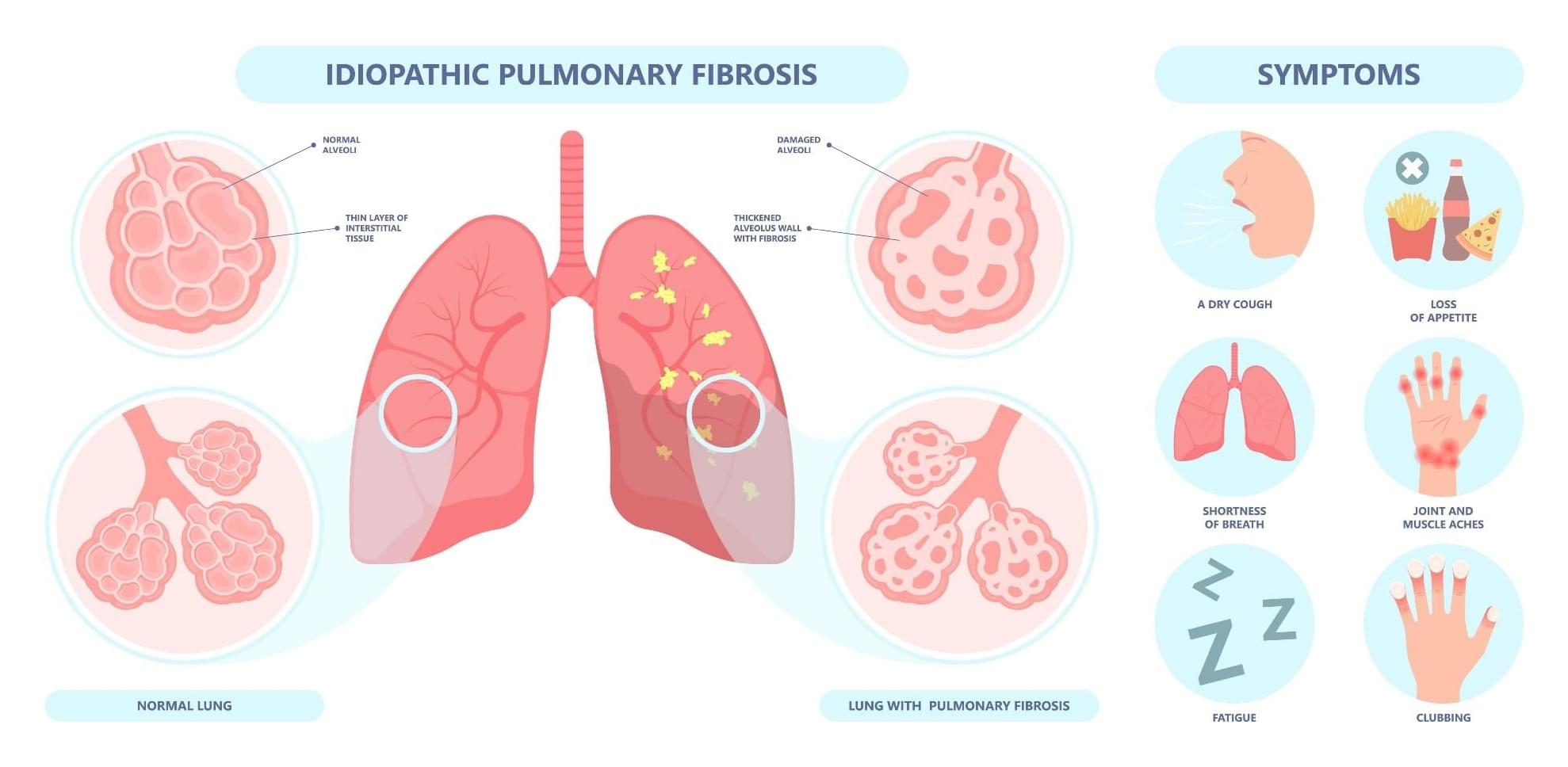IN A NUTSHELL 🔬 Researchers have developed QNodeOS, an innovative operating system that unifies different quantum computing technologies. 🌐 QNodeOS features two main units, the CNPU and QNPU, which simplify the management of diverse quantum devices through a single interface. 🔑 The QDriver acts as a translator, converting universal instructions into specific commands for various
Drug developed by Case Western Reserve University researchers found to protect ‘guardian of the brain’ Worldwide, more than 55 million people suffer from dementia caused by Alzheimer’s Disease (AD) and other conditions that destroy cells in the brain and nervous system. While there is no treatment to control or manage these neurodegenerative conditions, investigators at Case Western Reserve University, University Hospitals and the Louis Stokes Cleveland VA Medical Center have identified a new and promising drug to treat AD. The […]
New research links quantum mechanics to consciousness, exploring the brain’s quantum connections
A groundbreaking advancement in the field of vision restoration has recently emerged from the intersection of nanotechnology and biomedical engineering. Researchers have developed a novel retinal prosthesis constructed from tellurium nanowires, which has demonstrated remarkable efficacy in restoring vision to blind animal models. This innovative approach not only aims to restore basic visual function but also enhances the eye’s capability to detect near-infrared light, a development that holds promising implications for future ocular therapies.
The retina, a thin layer of tissue at the back of the eye, plays a crucial role in converting light into the electrical signals sent to the brain. In degenerative conditions affecting the retina, such as retinitis pigmentosa or age-related macular degeneration, this process is severely disrupted, ultimately leading to blindness. Traditional treatments have struggled with limitations such as electrical interference and insufficient long-term impacts. However, the introduction of a retinal prosthesis made from tellurium offers a fresh perspective on restoring vision.
Tellurium is a unique element known for its semiconductor properties, making it an excellent choice for developing nanostructured devices. The researchers carefully engineered tellurium nanowires and then integrated them into a three-dimensional lattice framework. This novel architecture facilitates easy implantation into the retina while enabling efficient conversion of both visible and near-infrared light into electrical impulses. By adopting this approach, the researchers ensured that the prosthesis would function effectively in various lighting conditions, a significant consideration for practical application in real-world scenarios.
How a tiny structure deep inside your cells could hold the key to aging—and how to hack it
A new composite material passively keeps solar panels cool, boosting power output by 12.9% and extending their lifespan by more than 200%. An international team of researchers led by King Abdullah University of Science and Technology (KAUST) in Saudi Arabia has developed a new acrylate-based compos
“Scientists have shown that there is ultra-weak photon emission in the brain, but no one understands why the light is there.”
If light is at play and scientists can understand why, it could have major implications for medically treating brain diseases and drastically change the way physicians heal the brain. But measuring optical transport between neurons would be no easy task.
Our brain and nerves rely on incredibly fast electrical signals to communicate, a process long understood to involve tiny bursts of electricity called action potentials that travel along nerve fibers. But scientists are now exploring whether something else might also be part of this picture: light.
Yes—light, or more specifically, photons. Some researchers have suggested that nerves might not only use electrical impulses but could also send signals using photons, the same particles that make up visible light. This idea is based on the possibility that the fatty coating around nerves, called the myelin sheath, could act like an optical fiber—just like the cables used to carry internet signals using light.
In earlier work, the researchers behind this new study proposed that light might actually be generated in specific parts of the nerve called nodes of Ranvier, which are tiny gaps in the myelin sheath that help boost the electrical signal. Now, they’ve gone a step further: using a special photographic technique involving silver ions, they’ve found physical evidence of photons being emitted from these nodes during nerve activity.
Their experiments suggest that, alongside the familiar electrical signals, nerves might also be emitting light when they fire—shining a new light, literally and figuratively, on how our nervous system might work.
Researchers have discovered a safe, non-invasive way to enhance the brain’s waste clearance system by mechanically stimulating lymphatic vessels just beneath the facial skin.
To Shakespeare’s Hamlet, we humans are “the paragon of animals.” But recent advances in genetics are suggesting that humans are far from being evolution’s greatest achievement.
For example, humans have an exceptionally high proportion of fertilized eggs that have the wrong number of chromosomes and one of the highest rates of harmful genetic mutation.
In my new book, “The Evolution of Imperfection,” I suggest that two features of our biology explain why our genetics are in such a poor state. First, we evolved a lot of our human features when our populations were small, and second, we feed our young across a placenta.
Researchers report that rentosertib, an AI-discovered TNIK inhibitor, showed promising safety and potential to improve lung function in patients with idiopathic pulmonary fibrosis in a 12-week phase 2a clinical trial. The highest dose group demonstrated a trend toward increased forced vital capacity, especially among patients not receiving standard antifibrotic therapy, supporting further clinical investigation.









